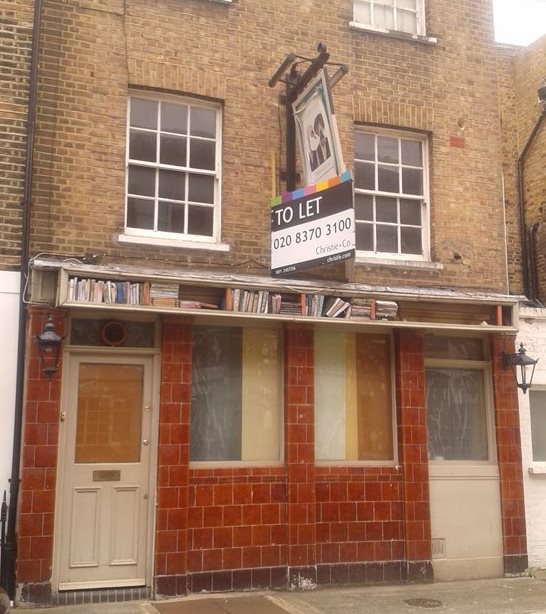Conservation areas are places that have been identified by a Council as worthy of an additional layer of planning protection. If your pub lies within a conservation area, its location within this protected area can help you if someone wants to change its use or appearance.
Background information
Along with World Heritage Sites, Scheduled Ancient Monuments and statutory listed buildings, conservation areas are counted as designated heritage assets, meaning that planning decision makers have a statutory duty to ensure that any proposal affecting the setting of a conservation area must preserve or enhance the character of that conservation area. This duty is outlined at section 72 of the Planning (Listed Buildings and Conservation Areas) Act 1990. Conservation areas have less heritage significance than World Heritage Sites and Scheduled Ancient Monuments but more significance than non-designated heritage assets such as locally listed buildings.
Note that the conservation area itself is the heritage asset and its significance stems from its location, layout, constituent buildings and other amenities such as open spaces and streets, together with its inherent character.
Development in conservation areas
As a general principle of planning, harm to heritage assets should be minimised. But this doesn’t mean that conservation areas are frozen in time and that no development can ever take place. There is a balance to be struck between the public benefit of a scheme and the harm to the conservation area. When assessing an application for planning permission, the Council will assess the degree of harm to a conservation area as outlined in paragraphs 193-196 of the National Planning Policy Framework. The framework classifies the degree of harm as “substantial” or “less than substantial”. In an extreme case, substantial harm could lead to a loss of significance of the heritage asset i.e. if the proposal is allowed then the conservation area itself may lose its designation. This degree of harm will only be permitted if it is outweighed by substantial public benefit, e.g. large numbers of houses.
What does this mean for our pub?
In appeal decisions, planning inspectors have judged that the use of a pub within a conservation area makes a significant contribution to the character of that conservation area.
That is, it is not just the appearance of the pub as an historic building, its very use as a pub contributes to the character of the conservation area in such a way that a change of use (if allowed) would have a detrimental impact on the character of the conservation area. This judgement has been used to refuse change of use of a pub. So if your pub is within a conservation area and someone applies for planning permission for change of use, it will give your objection more clout if you point out that in the case of the Swan and Edgar pub, on 28 May 2014, a planning inspector ruled that:
“The existing site contributes positively to the character and appearance of the Conservation Area not only through the physical presence and features of the building but through its long-established use as a traditional back-street public house. Both aspects reflect the historical development of the site and of the wider Conservation Area and both contribute to the visual and functional distinctiveness of the setting.”

